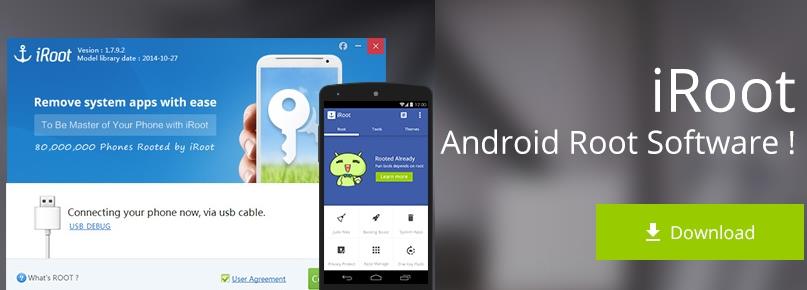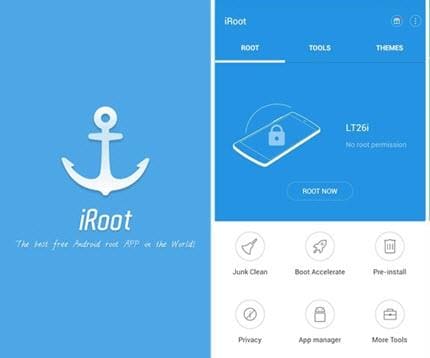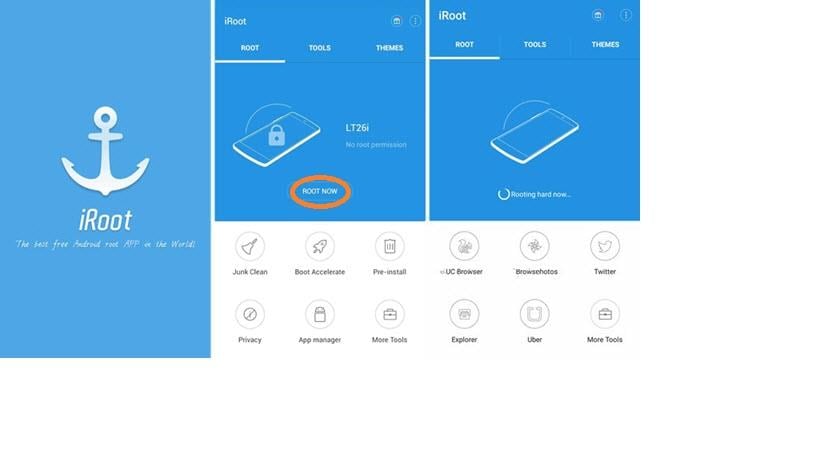Root Android 4 Series in Two Ways
A thorough disclosure of how to root Android 4 series with and without PC/Computer. Read along to know the step-by-step procedures involved and also the pros and cons of using one method over the other.
Developed by Google, Android series began its legacy with the launch of its beta version on November 5, 2007. Android versions have different levels of API (Application Program Interface). This API acts as the central deciding part of the Android OS. It includes the instructions on how the software components must interact with one another. It also includes a set of protocols and tools for building the application software. Every new version of Android that is released comes with an increase in this API level.
About Android 4 Series
Ever since its launch, Android 4 series has been on a constant edge of updates. The first one under this head was Ice Cream Sandwich (Android 4.0.1) which was launched on October 19, 2011. Ice cream sandwich was then followed by Android 4.1 Jelly Bean (API 16) launched on June 27, 2012, Android 4.2 Jelly Bean (API Android 417) launched on October 29, 2012, Android 4.3 Jelly Bean (API 18) launched on July 24, 2013 and Android 4.4 KitKat (API 19) which was launched on September 3, 2013.
Many prominent features were introduced in these versions. They are as follows:
Features of Android 4.1
- Improved and smoother user interface.
- Automatic rearrangement of short-cuts and widgets.
- Expandable notifications and enhanced accessibility.
- A special ability to add a few widgets without requiring root access.
Features of Android 4.2
- Improvement in accessibility like triple-tap to magnify the screen and gesture mode navigation for blind users.
- Introduction of the wireless display (Miracast).
- Direct access to the apps from notification panel without having to launch the entire app.
Features of Android 4.3
- Improved Bluetooth support.
- Improvements in bug fixes, security updates, and performance enhancement.
- Availability of added support for five more languages unlike that in the previous version.
- System-level support for geofencing.
- Reworked camera user interface.
Features of Android 4.4
- Introduction of immersive mode, to keep the navigation and status bars hidden.
- Introduction of a built-in screen recording feature.
- Battery statistics can no longer be accessed by third-party applications.
- Wireless printing capability.
Despite these numerous updates, there are certain restrictions enforced down by the company. These restrictions prevent the user from having a maximum access to their Android Phone. One needs administrator-level permissions to use the full-fledged functions of their phone. The solution is to root Android 4 series device.
To root an Android 4 series device is possible with or without the use of a computer/PC. The first method discussed here is to root Android 4 series device using a computer.
How to Root Android 4 Series Without a Computer
We have seen how to root Android 4 series phones using the computer. However, there is an alternative method to root Android 4 series device without using the PC or Computer. In this method, APK’s are used to trigger the rooting process on the Android phone.
Although there are several APK’s available in the market, not all of them are safe to use. The reason is due to the compromising quality of the APK. Sometime it may be a result of our failure in installing the APK correctly. Evading such scenarios, your best hope is to use iRoot APK to root Android 4 series device.
Here is the simple one-click procedure to root your device using the iRoot APK.
-
Download the iRoot APK from the official website on the target Android phone.

-
Install the APK and launch the program.
-
Tap on the “I Agree” option. The main page of the iRoot application will open up.

-
Click on “Root Now” option. The Android phone will go through the rooting process.

-
Once the process is finished, the rooting completion screen will appear indicating that the Android phone is rooted successfully.
Comparison Between the Two Rooting Ways
Users often consider which is the best method for rooting their Android phone. There are several perks of using one method above the other. Although to root Android 4 series phones using APKs’ is much simpler than using DrFoneTool, which requires a computer, the risks run deeper when not using the latter. Here are why rooting Android 4 series using PC or Computer is preferred over rooting it using an APK:
- Using APK’s does not ensure security unlike using a PC.
- Not all the APK’s are useful and trusted. Some might even be the APK of a stolen app that could land you in trouble upon installing.
- Without the use of PC implies, everything has to be done on the Android phone itself. This may be very hectic and sophisticated.
- Some APK’s will trigger the download of pirated apps, which are illegal and against the law.
- Failure to do a thorough research before downloading the APK might lead you towards the download of some malicious software.
- Installing an APK will come with many prerequisites like app permissions that the hackers might use to steal personal information.
- A false APK might result in bricking of the Android phone, thereby rendering it useless.
Keeping in view the above factors, it is always advised to root Android 4 series phones using your PC or Computer.
πρόσφατα άρθρα